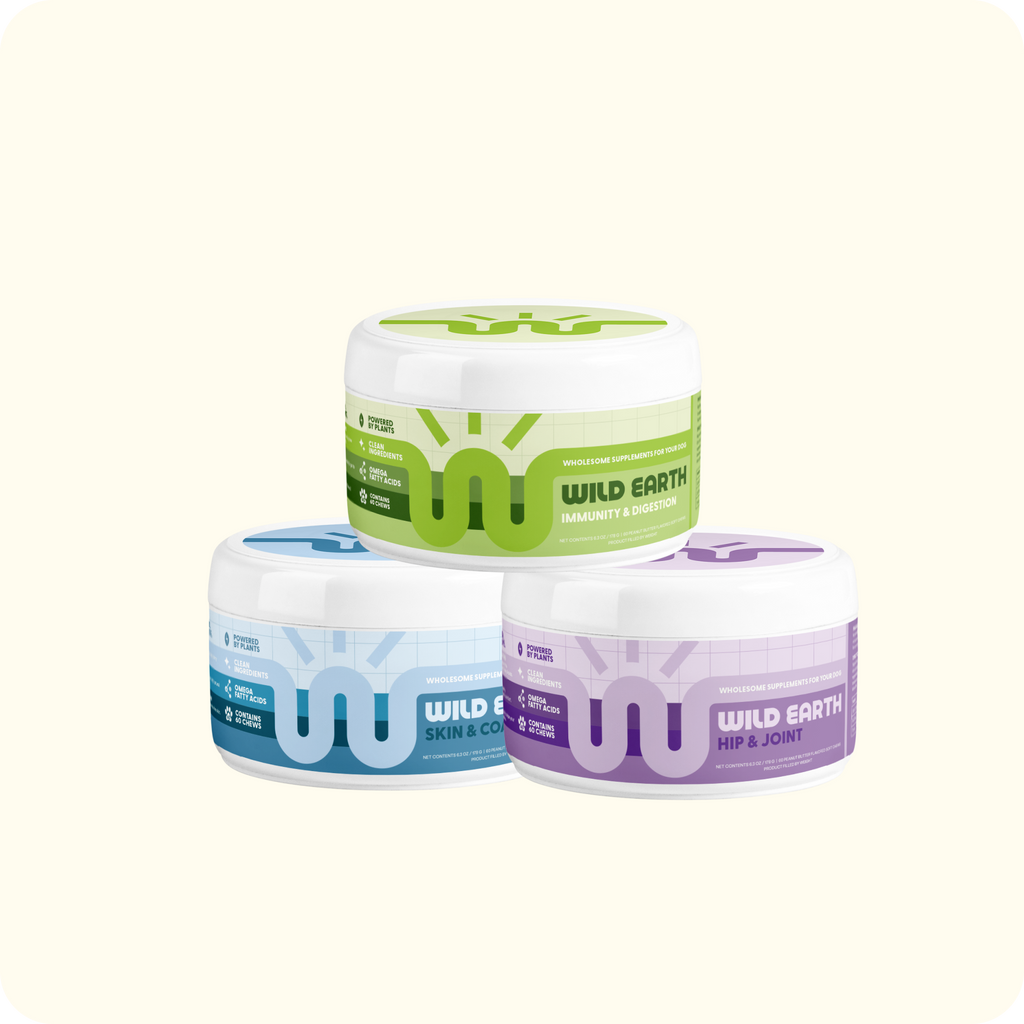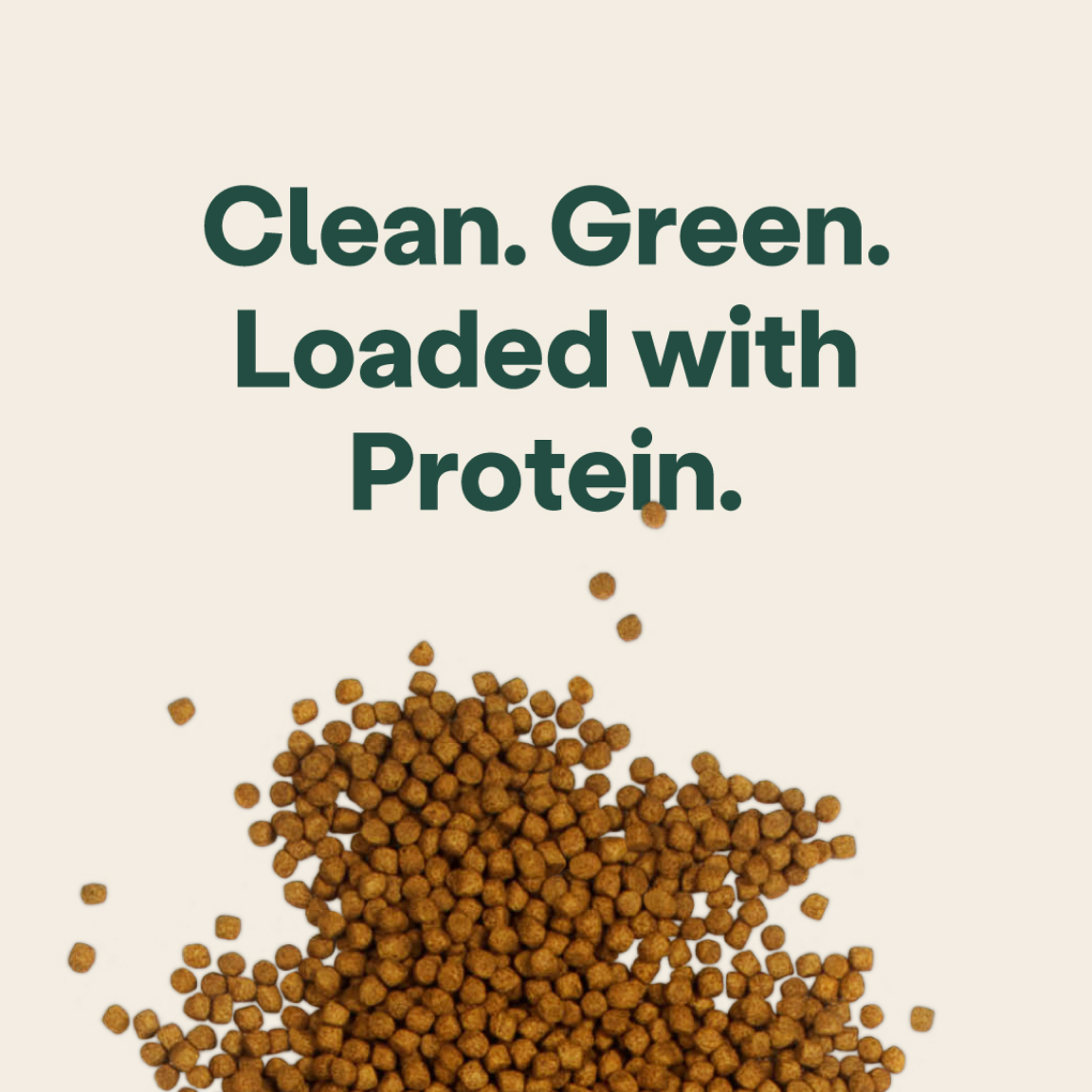
Guide to Dog Treat Types: What to Choose for Your Pup
Treats are a big part of how we show love to our dogs, reinforce good behavior, and reward them for being awesome companions. However, choosing the right treat for your pup isn't just about finding something they'll enjoy—it’s about selecting healthy, appropriate options that cater to your dog’s individual needs. In this guide, we’ll explore the different dog treat types, what to consider when selecting treats, and how to use them effectively to make both you and your dog happy!
Understanding the Role of Treats in Your Dog’s Life
Before diving into the different treat types available, it’s essential to understand the purpose of giving treats to your dog. Treats serve various purposes, including:
- Training rewards : Positive reinforcement when teaching commands or new tricks.
- Dental health : Certain treats help maintain oral hygiene.
- Supplementing nutrition : Treats can add extra nutrients or dietary supplements to your dog’s diet.
- Entertainment : Some treats, especially long-lasting chews, keep your dog occupied and mentally stimulated.
Understanding these functions will help you choose the best treats for your dog depending on the situation.
Types of Dog Treats

There are many different dog treat types, each serving a unique purpose and catering to various dog preferences, ages, sizes, and dietary needs. Below, we break down the common treat types and their benefits.
1. Dental Treats

- Purpose: Dental treats are designed to help maintain your dog’s oral hygiene by reducing plaque and tartar buildup, freshening breath, and promoting overall dental health.
- When to Use: Daily or a few times a week as part of their dental care routine. They are also a great option if your dog is prone to bad breath or dental issues.
- Benefits: Promotes healthier teeth and gums, freshens breath, and reduces the need for manual brushing or professional cleanings.
2. Soft & Chewy Treats

- Purpose: Soft and chewy treats are great for puppies, older dogs with dental issues, or dogs that prefer easy-to-chew snacks.
- When to Use: Ideal for training sessions, as they are easy to break into smaller pieces and can be consumed quickly by dogs.
- Benefits: Gentle on teeth and gums, easy to break into smaller pieces, and perfect for frequent rewards during training.
3. Crunchy Biscuits

- Purpose: Classic and popular, crunchy biscuits provide a satisfying texture and can help clean your dog’s teeth as they chew.
- When to Use: As a snack or reward for good behavior. They can also be used in puzzle toys to engage your dog’s mind and body.
- Benefits: Helps scrape plaque from teeth, has a crunchy texture that satisfies dogs that like to chew, and has a long shelf life.
4. Freeze-Dried Treats

- Purpose: Freeze-dried treats are made by removing moisture from fresh meat, fruits, or vegetables while retaining their nutrients.
- When to Use: Ideal for training or as a high-value reward for extra special moments.
- Benefits: Nutrient-dense and minimally processed, provides the natural flavors and benefits of raw food, and is often single-ingredient, making them great for dogs with allergies.
5. Jerky Treats
- Purpose: Jerky treats are typically made from dried meats like chicken, beef, or salmon. They are chewy and flavorful, making them a favorite among many dogs.
- When to Use: Great for rewarding good behavior or simply as an occasional indulgence.
- Benefits: High in protein, chewy texture that dogs enjoy, and can be torn into smaller pieces for training.
6. Natural Chews
- Purpose: Natural chews, such as bully sticks, pig ears, or antlers, are long-lasting treats that help satisfy your dog’s instinct to chew while promoting healthy teeth.
- When to Use: Best for keeping your dog occupied for extended periods.
- Benefits: Provides a long-lasting chewing experience, helps maintain healthy teeth and gums, and satisfies your dog’s natural chewing instincts.
7. Dehydrated Treats
- Purpose: Dehydrated treats are made by slowly removing moisture from ingredients like meat or vegetables, creating a crunchy texture without the need for preservatives.
- When to Use: These treats can be used for training or as a healthy snack between meals.
- Benefits: Preserves the nutritional integrity of ingredients, minimal processing, and often grain-free and made from whole foods.
8. Training Treats
- Purpose: Training treats are small, soft, and easy to chew, making them perfect for rewarding your dog during training sessions without interrupting the flow of learning.
- When to Use: Use frequently during training sessions to reinforce positive behavior or teach new commands.
- Benefits: Small and easy to digest, can be given frequently without filling up your dog, and serve as high-value rewards to keep your dog focused.
9. Dental Chews
- Purpose: Dental chews are designed to be long-lasting, allowing your dog to chew and gnaw on them for a significant amount of time.
- When to Use: Perfect for daily or weekly use to help with oral hygiene.
- Benefits: Promotes healthy teeth and gums, helps reduce plaque and tartar buildup, and is entertaining for your dog.
10. Grain-Free Treats
- Purpose: Grain-free treats are designed for dogs with sensitivities or allergies to grains like wheat, corn, or soy.
- When to Use: Ideal for dogs with grain allergies or those on a grain-free diet.
- Benefits: Easier to digest for dogs with sensitivities, typically made with high-quality, protein-rich ingredients.
11. Fruit & Vegetable Treats
- Purpose: Fruit and vegetable treats provide a healthy, low-calorie option for dogs. Some dogs love crunchy carrots, apples, or green beans.
- When to Use: These can be used as a healthy alternative to traditional treats, particularly if your dog needs to lose weight.
- Benefits: Low in calories and fat, rich in vitamins and antioxidants, and natural fiber aids digestion.
12. Homemade Dog Treats
- Purpose: Homemade treats allow you to control exactly what ingredients go into your dog’s snacks.
- When to Use: Perfect for pet parents who want to ensure their dog gets the healthiest, freshest treats possible.
- Benefits: Completely customizable based on your dog’s dietary needs, fresh and free from preservatives, and can be made in bulk and stored for later use.
How to Choose the Right Treats for Your Dog

Choosing the right treats depends on your dog’s age, size, health condition, and preferences. Here are some factors to consider:
1. Age and Size
- Puppies: Soft and chewy treats are ideal for young dogs with developing teeth.
- Adults: Most dogs can enjoy a variety of treat textures, including crunchy biscuits and chews.
- Seniors: Older dogs may benefit from softer treats that are gentle on sensitive teeth.
2. Calorie Count
Treats should account for no more than 10% of your dog’s daily caloric intake. Overfeeding treats can lead to weight gain and other health issues.
3. Ingredients
Look for treats with natural, whole-food ingredients. Avoid artificial preservatives, colors, and flavors, which can contribute to long-term health issues. If your dog has allergies or intolerances, select treats that cater to their specific dietary needs.
4. Purpose of the Treat
- Training: Choose small, low-calorie, easily consumable treats.
- Dental Health: Select treats specifically designed to clean teeth and freshen breath.
- Nutrition: Opt for treats that offer added vitamins or joint supplements if your dog needs them.
When to Give Treats and How to Use Them
1. Training Sessions
Keep treats small and frequent. The focus is to reward the behavior, not to fill your dog up.
2. Mental Stimulation
Use puzzle toys or treat-dispensing toys to keep your dog engaged. These toys combine food rewards with mental challenges, making the treat more rewarding.
3. Dental Care
Incorporate dental treats into your dog’s weekly routine to maintain oral hygiene.
4. Special Occasions
Sometimes you want to spoil your dog! Jerky treats, natural chews, or freeze-dried liver treats make for an extra-special reward.
Summing It All Up
Finding the right treats for your pup is a combination of understanding their preferences, dietary needs, and the purpose of the treat. Whether you're rewarding them for good behavior, keeping their teeth healthy, or providing them with a fun and engaging snack, the world of dog treat types offers plenty of variety to choose from.









































